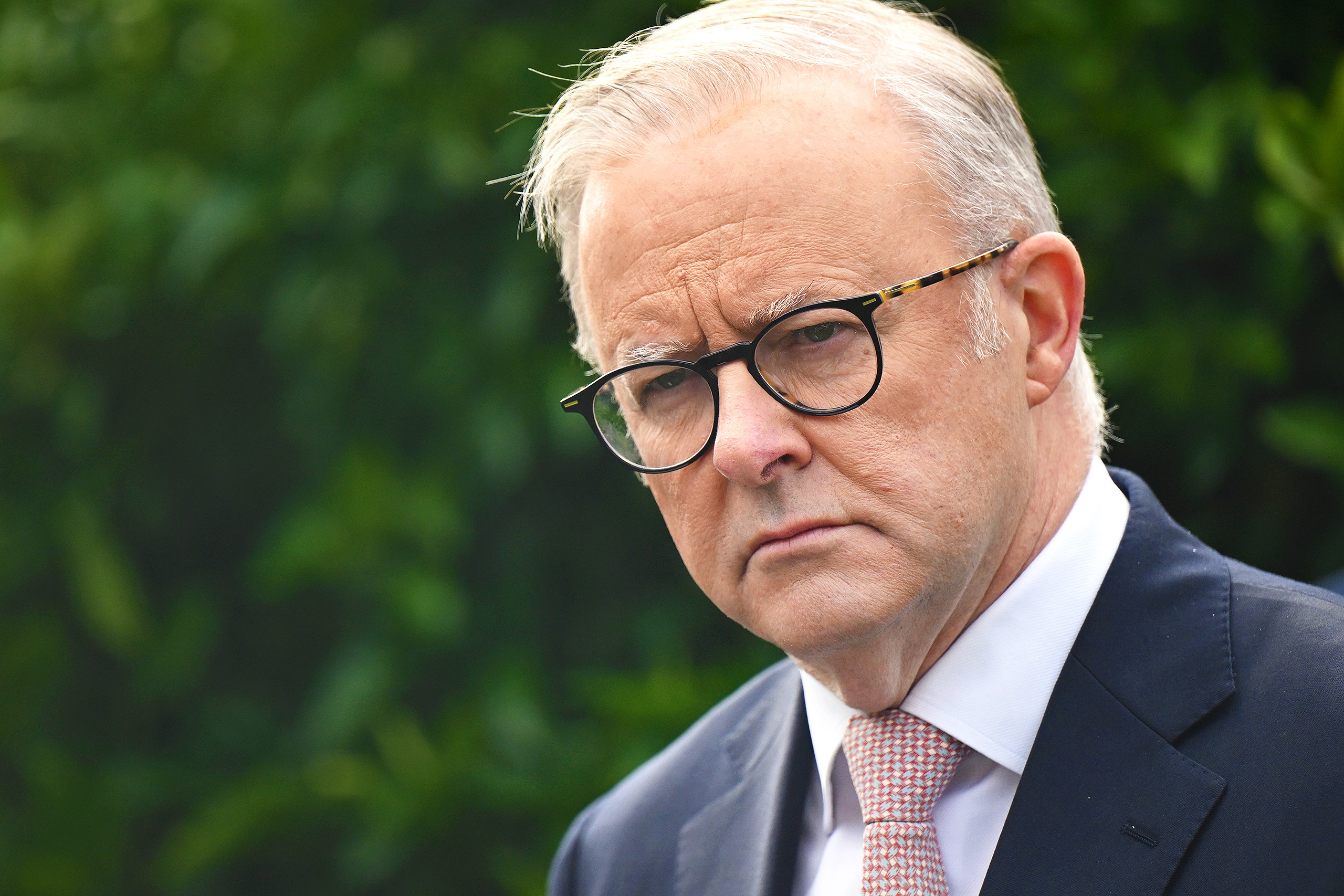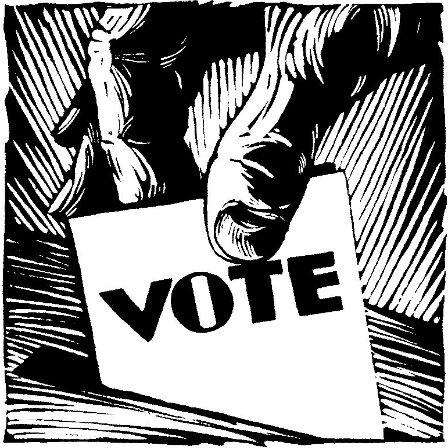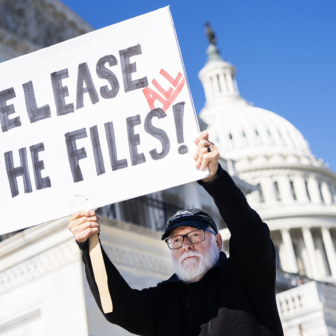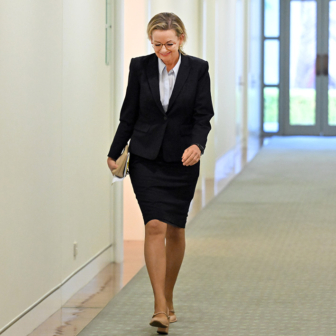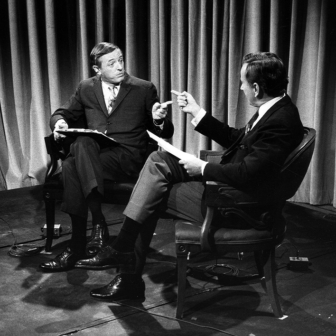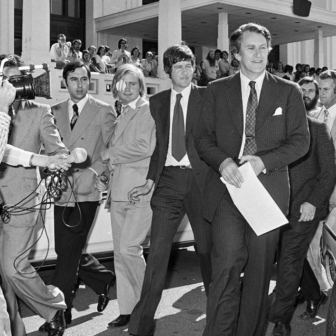As we approach the two-week mark since Anthony Albanese visited Government House, the opinion polls are favouring the Labor leader and his government in two-party-preferred terms, averaging around 52 per cent, their best numbers since around this time last year. And opposition leader Peter Dutton, after ending the year with the Coalition at around 51 per cent, finds himself struggling — so much so that he dropped a major plank of his party’s platform that would have slashed the number of public servants and forced those remaining to return to the office five days a week.
Why the Labor recovery?
First of all, the record shows it’s hard to defeat a first-term federal government. There’s simply more willingness in voterland to give them another go; the “clean up the mess” theme doesn’t resonate quite as much after three years as it can after six or more. (The Whitlam government 1972–75 was tossed out after three, but being sacked by the governor-general can be rather authority-depleting.) And while living standards have declined since Labor came to office, there’s nothing like the GFC-induced contrast between memories of the golden, bountiful years of the Howard government, defeated in November 2007, and Rudd–Gillard’s first re-election attempt in 2010, with the loudly announced shift from surplus to deficits, all within living memory.
What about that swing against incumbents in 2024 we suddenly heard about after Donald Trump’s 5 November triumph? The data backs it up — and obviously the cost-of-living crisis has been a government killer — but the other shoe, the uncontrolled immigration experienced by most advanced democracies, never dropped here.
Some of the opposition’s decline was unavoidable: Dutton’s success in avoiding scrutiny for almost three years was always going to end; the opposition is inevitably being questioned about where the cuts will come from; and Dutton’s own’s cultivation of a “conviction politician” persona was fine for a while, contrasting nicely with dithering Albo, until minds started contemplating its unpredictable effects on the other side of election day. (Labor’s Mark Latham in 2004 is another, even more splendid, example of the latter.)
But mostly (and I’m not alone in saying this) it’s because of Trump, and particularly the recently announced tariff rates that are producing mayhem around the world, not least in America. And more generally it’s due to the truly frightening nature of this American administration, with its upending of alliances, designs on other people’s territory and snuggling up to Vladimir Putin. Dutton is not totally blameless here. Some centre-right leaders abroad wisely kept their distance; ours evidently swallowed the PR that November’s narrow result indicated a worldwide shift to the right.
Yes, he was disciplined enough to avoid at all costs any inflammatory statements about abortion and what is to 99 per cent of voters a one-hundredth order issue, “trans” stuff, but an apparent rush of blood produced the announcement of culture warrior Jacinta Nampijinpa Price as head of an Antipodean DOGE. If anyone is less popular in Australia than Donald Trump it’s Elon Musk. This doozy has so far remained dormant, but if brought onto the front lines is guaranteed to generate headaches.
The veiled public-servant bashing policies were surely also emboldened by Trumpiness. And gushing over the US president in the context of the latter’s preposterous (not to say evil and criminal) Gaza real-estate thought bubble similarly seemed to be playing to a tiny, noisy base. Frontbencher Michaelia Cash also didn’t hold back in early February when she told Sky News that “the American people, they expect action, and that is what they’re getting, and they’ll get the exact same attitude under a Peter Dutton government.”
Still, we’ve always known the opposition leader’s emotional susceptibility to far-right causes, and he has succeeded in what was perhaps his most important goal when he assumed the leadership position: remaining there for three years.
But we do have to ask: how “accurate” are the polls anyway? In 2019 they grossly overstated Labor’s position; in 2022 they exaggerated it again but were saved by (a) picking the right winner and (b) unexpectedly strong preference flows to Labor. As I wrote last year, only one pollster can hold its head highish in terms of measuring primary support, Resolve, and that was only in its final survey, conducted using different methodology to their usual ones. If the pollsters’ (including Resolve’s) current primary vote numbers are as wrong in the same direction as they were at this stage of the 2022 and 2019 campaigns, Labor still has a mountain to climb to win a seat plurality.
In the United States last November the pollsters did not-too-bad overall. At national level, the reputable ones, on average, had Kamala Harris winning by about 1 per cent; Trump won it by 1.5 per cent. In Aussie two-party-preferred terms it’d be like final surveys showing Labor ahead about 50.5 to 49.5 and the result coming in at 49.2 to 50.8.
Unlike over there, we know nothing about how, if at all, our pollsters have rejigged their secret sauces in light of two poor performances on the trot. It might be wise to assume that they’re overstating Labor primary support by, say, a percentage point at the expense of the Coalition’s. There’s also still the conundrum of preference flows: is it realistic to expect those sky-high pro-Labor 2022 flows?
And let us not succumb to being captive to the present. Things can change; this time next week or fortnight we’ll probably be talking about something else.
There is not a person alive who knows what that will be. •
